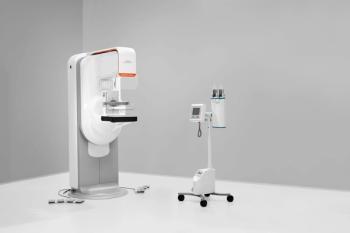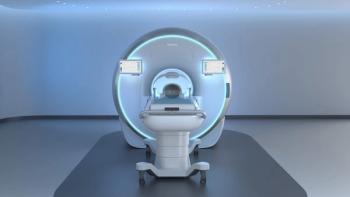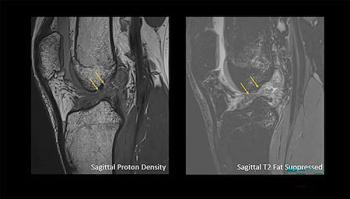
Risk of Acute Kidney Injury Independent of Contrast Use
Patients who underwent CT with or without contrast had similar rates of acute kidney injury, showing contrast use isn’t associated with nephropathy.
Researchers have found similar rates of acute kidney injury among patients who underwent computed tomography with or without contrast material, indicating that the use of contrast was not associated with an increased risk for nephropathy.
“Intravenous contrast material used in a large percentage of [CT] scans is commonly withheld in patients with even mild renal impairment because of the concern for contrast-induced nephropathy,” said Jennifer S. McDonald, PhD, of the Mayo Clinic, Rochester, Minn, author of
According to McDonald, previous studies examined contrast-induced nephropathy, but few included control groups of patients that were not given contrast material. Therefore, these studies could not differentiate between contrast-induced nephropathy and other, contrast-independent causes of renal injury.
“The incidence and severity of contrast-induced nephropathy from intravenous administration of contrast material appear to have been overestimated by prior uncontrolled contrast-induced nephropathy studies,” McDonald told Diagnostic Imaging. “Our findings promote a more liberalized use of contrast material in patients where diagnostically indicated.”
McDonald and colleagues had previously conducted a meta-analysis and systematic review in which they identified 13 controlled contrast induced nephropathy studies. All patients from those studies were included in this study, which was published in Radiology.
A total of 12,508 propensity score-matched patients with contrast-enhanced and unenhanced scans between 2000 and 2010 were included. The researchers stratified the patients according to their baseline estimated glomerular filtration rate (eGFR). They defined acute kidney injury as an increase in serum creatinine of 0.5 mg/dL or greater.
After propensity score matching, the researchers identified a significantly increased incidence of acute kidney injury with a decreasing eGFR in both the contrast enhanced and non-enhanced groups. Patients with an eGFR of 30 mL/min/1.73 m2 or lower had a 14 percent risk for injury; whereas, patients with an eGFR of 90 mL/min/1.73 m2 had a risk of only 1 percent.
No significant difference in risk for acute kidney injury was found between contrast-enhanced and non-enhanced patients for any of the eGFR subgroups:
- eGFR 90 mL/min/1.73 m2 or higher: OR=0.91
- eGFR 60 to 89 mL/min/1.73 m2 : OR=1.03
- eGFR of 30 to 59 mL/min/1.73 m2: OR=0.94
- eGFR of 30 mL/min/1.73 m2 or lower: OR=0.97
“If contrast-induced nephropathy exists, it is likely rare and difficult to distinguish from contrast material-independent causes of renal injury,” McDonald said. “Future studies should include control groups of patients not administered contrast material in order to better characterize the true risk of contrast-induced nephropathy.”
Newsletter
Stay at the forefront of radiology with the Diagnostic Imaging newsletter, delivering the latest news, clinical insights, and imaging advancements for today’s radiologists.




























